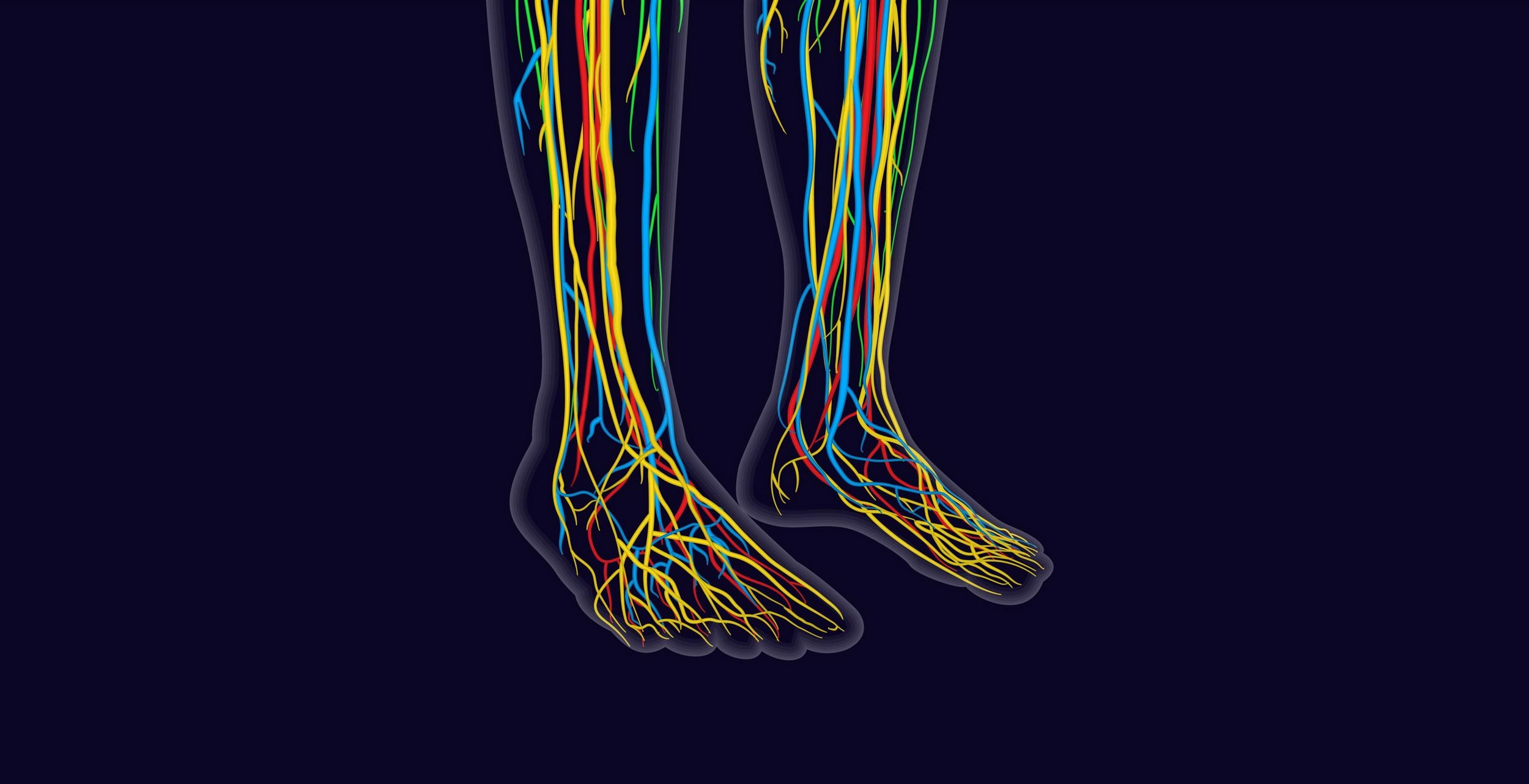Do you have a rash on your feet that won’t seem to go away? If so, this could be psoriasis on your feet. Since our feet support us every day and contribute to an active lifestyle, psoriasis can be an unexpected setback.
What is Psoriasis?
Psoriasis is a skin condition that causes red and inflamed scaly rashes. It can occur anywhere on the body, including the soles of your feet. While there are several types of psoriasis, the most common type is plaque psoriasis. It makes up about 80-90% of all psoriasis cases in the world. Psoriasis that develops on the feet is referred to as plantar psoriasis.
Symptoms of Psoriasis on Feet
Symptoms of psoriasis can look different depending on the person. The most common symptoms include:
- Dry, red, inflamed patches of skin
- Patches covered in silvery scales
- Itching or burning sensation around patches
- Bleeding or cracked skin
Causes of Psoriasis on Feet
Usually, skin grows and sheds in a regular cycle that happens every month. However, in a person with psoriasis, these skin cells grow too quickly and build upon the skin’s surface. This abnormal cell growth is often attributed to an overactive immune system, in which your body attacks healthy skin cells by mistake.
Psoriasis may also develop from a genetic predisposition, with the condition running in families. You may notice that your psoriasis is triggered or worsens with certain factors. These can include:
- Stress
- Changes in weather
- Recent injury to the skin (a cut, insect bite, or sunburn)
- Infection or sickness
- Medication
Foot Psoriasis Diagnosis
Your doctor will diagnose plantar psoriasis by physically examining your feet as the symptoms are easy to distinguish from other skin conditions. However, certain cases may require a biopsy to be taken for further examination.
Treatment for Foot Psoriasis
Treatment for foot psoriasis mainly focuses on helping the patient to reduce flare-ups and relieve painful symptoms.
Treatment is classified into home and podiatry treatment:
Home Therapy: Regularly wash and moisturize your feet with lotion or cream. Do your best to avoid dry air, which can dehydrate your skin and result in another flare-up. You may also benefit from products that contain salicylic acid to thin down the layers of scaly skin on your feet. Finally, apply topical steroid ointments to reduce itchiness and inflammation.
Podiatry Treatment: For severe psoriasis cases that don’t respond to topical treatment, you may need systemic treatment through oral or injected prescription drugs. This will be done in conjunction with phototherapy (light therapy). Controlled amounts of UV-B exposure can help in reducing your psoriasis symptoms.
Canyon Oaks Foot and Ankle Can Help with Foot Psoriasis
You don’t have to deal with foot psoriasis on your own. Our doctors at Canyon Oaks Foot and Ankle are ready to help you with your foot psoriasis. In addition, we are experienced in diagnosing and treating foot psoriasis and can recommend the best treatment for you.
To make an appointment, fill out our online contact form, and a member of our staff will be in touch with you shortly.

